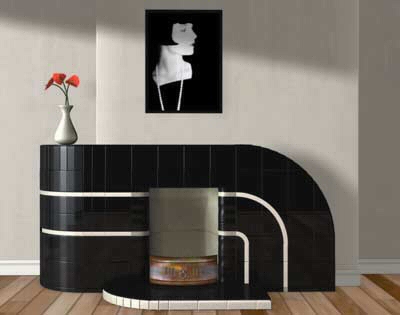

|
|
|
|
|
|
|
|
|
There are one or two points we plan to revise in the next edition of the 1930s House Manual.
Thanks to Mr Englsh for getting in touch about the following:
Step-By-Step feature: Repairing pebbledash on page 84/85.
The mix stated for the top coat in Photo Step 9 on page 85/86 is too strong
The top coat mix in the original book was based on advice in guidance notes dating back to the 1980s when there was a view that for small repairs like this a stronger thin finish coat would help secure the pebbledash. But the view that ‘stronger is better’ is no longer considered valid for older buildings as it can lead to shrinkage cracking.
The specified mix for the base coat of 1:1:6 cement/lime/sand should be OK, although some suggest 1: 1: 4 (or just 1 part cement to 3.5 parts sand).
The final coat should be a slightly weaker mix (some say about a third more sand) than the scratched base coat. For pebbledashed Edwardian houses conservationists advise a 1:2:9 finish coat mix, so this should also be appropriate for most 1930s houses. Others simply suggest 1 part cement to 4 parts sand. The pebbledash can be applied while the topcoat is still soft and tamped into the render. The final coat should also be relatively wet (slightly tacky) ready for the pebbles to be applied to it.
|
|
|||
|
|
|
|
home contact useful links Copyright Zennor Consultants Limited All rights reserved |